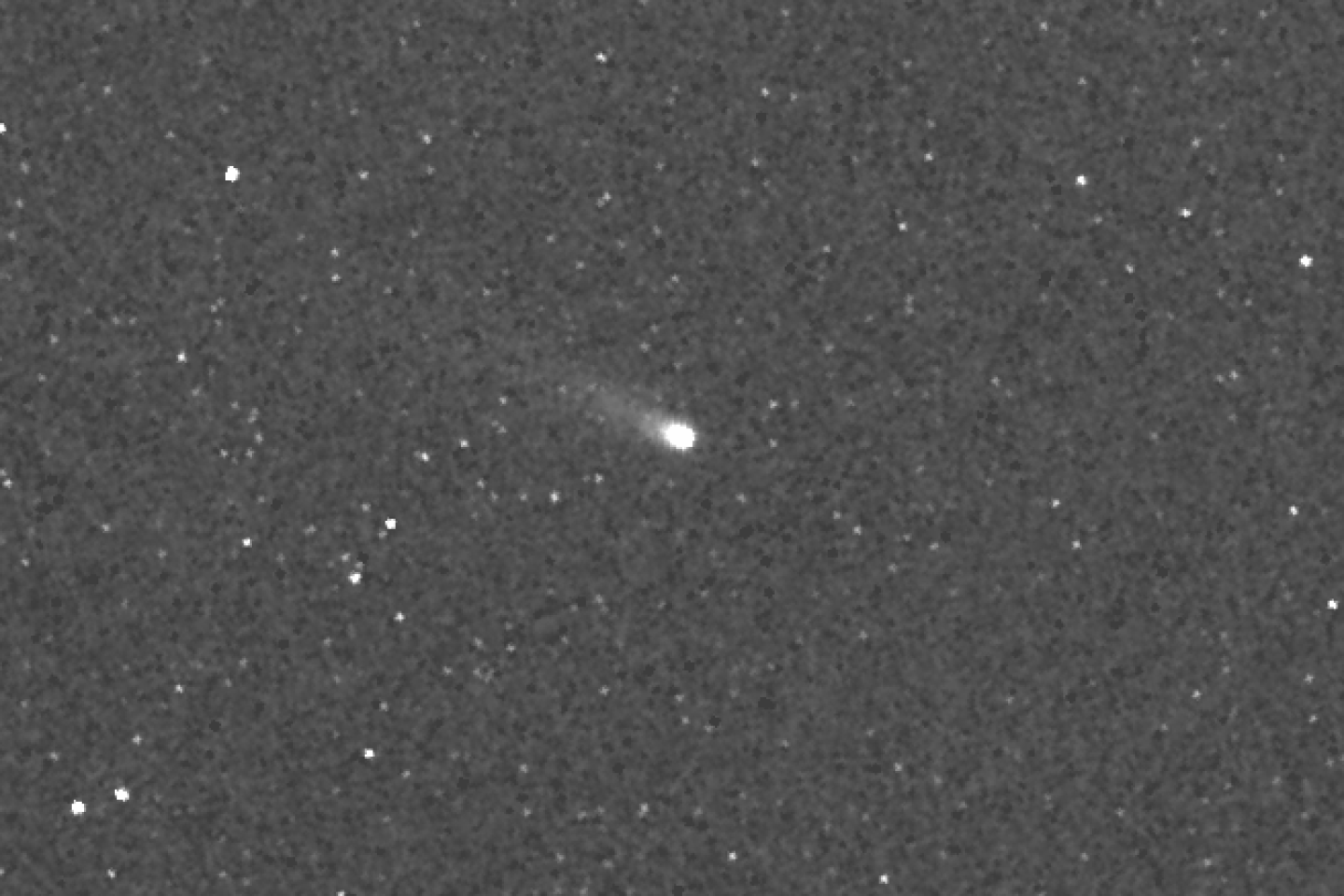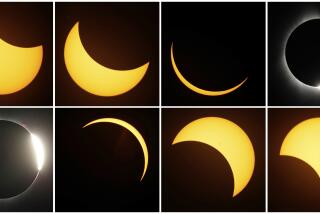3 days until comet ISON survives or disintegrates [Photos, video]
Comet ISON’s day of reckoning is nearly upon us. On Thursday -- Thanksgiving Day -- the comet will reach perihelion, its closest approach to the sun. Whether it will survive the blistering heat of this encounter, and the powerful pull of the sun’s gravity, or disintegrate into a shower of fragments is still unclear.
Regardless of what happens, the journey has been captivating.
“We are all standing side by side as we witness a complete scientific mystery unfold before us,” astronomer Karl Battams wrote on NASA’s Comet ISON Observing Campaign blog. “We have absolutely no idea if ISON will survive past the sun or not, and how it might look in our December night skies, if it ever gets that far.”
ISON’s journey toward the sun has been epic. It began at least 1 million years ago, when gravitational forces booted it out of the Oort cloud, a hypothesized but never observed patch of icy objects far beyond the orbit of Neptune at the edge of the solar system.
PHOTOS: Comet ISON journeys through the solar system
As it makes its closest approach to the sun, it will encounter temperatures of up to 5,000 degrees Fahrenheit. If it doesn’t succumb to these temperatures, it is only because it will be moving at the incredible speed of 248 miles per second at perihelion.
ISON was discovered in September 2012 by the Russian astronomers Vitali Nevski and Artyom Novichonok. They first spotted the comet out past the orbit of Jupiter, using the International Scientific Optical Network, or ISON, in Kislovodsk, Russia.
Since then, it has been the most-observed comet to have entered the solar system. It has been tracked by powerful space-based NASA instruments (see the images above) and backyard astronomers.
At the time of its initial discovery, the comet was shining fairly brightly, even though it was still very far from the sun. That led some astronomers to propose that it might become the comet of the century, eventually glowing in our night sky as brightly as the moon.
Those early predictions now seem unlikely. ISON is smaller than originally thought. Astronomers say, however, that if the comet makes it past the sun in one piece, it might put on a respectable show in the December night sky.
As we wait to see whether the comet will survive its trial by fire, enjoy what may be some of its final, picturesque moments captured in the video below from the Teide Observatory in the Canary Islands on the morning of Nov. 22. (If you can’t see the video below, you can find it on YouTube here).
Crossing your fingers for ISON? Me too. Follow me on Twitter and we can wish it luck together.
ALSO:
Look! Comet ISON has sprouted a pair of wings [Photo]
New dinosaur species found in Utah was a Tyrannosaurus rival
Watch! An underwater volcano creates a new island south of Japan








